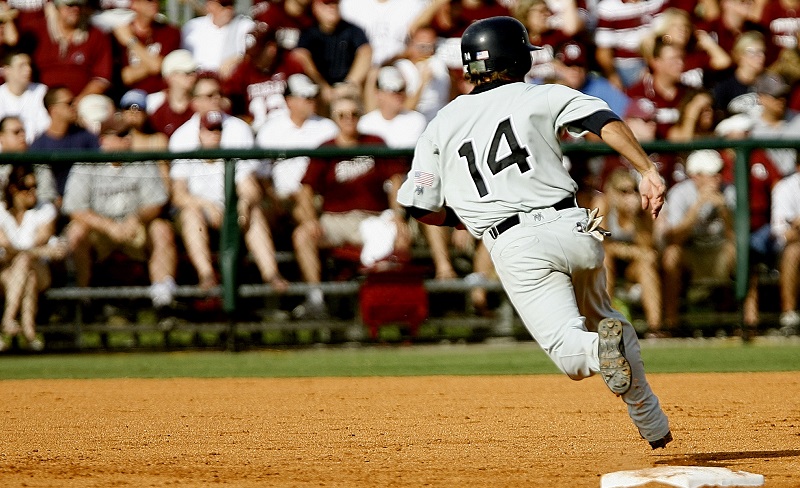

How the game of baseball has changed! We used to see guys like Tom Seaver and Steve Carlton pitch 300-plus frames in a season back in the day. Ferguson “Fergie” Jenkins was another starter in that vein. He pitched 325 frames with 39 starts and 30 complete games back in 1971. That comes out to an average of more than 8 per outing.
Today, if a starter were to reach 250 innings in a season, or pitched even 10 complete ballgames, it would be considered work overload. Now, statisticians and scientists try to find the optimal number of pitches a guy can throw to maintain long-term performance. Guys make a lot of money over the course of long-term contracts, and clubs don’t want that to be dead money due to a blown out arm. That means bettors are faced with much more difficult tasks in trying to determine the outcome of a ballgame.
However, bookies are always working around limitations of the sport to create more simple, old-fashioned wagers for cash players.
To successfully handicap a baseball game, you now must not only determine the worth of a starting pitcher, but also the bullpen that will finish the game off for him. Oddsmakers who set the lines for professional ballgames have a harder time doing their job too, because of the way the game is played now. That means there is a lot of value to be had.
But there’s nothing more frustrating than wagering on a team who’s starting pitcher just dominated as you expected, only to see the bullpen blow up in the late-going to cost you a victory. For those of you who would like to narrow it down to handicapping starting pitchers, books have introduced MLB odds on which to wager which club will be leading going into the 6th frame.
This wager means that you only have to predict which club will be leading after 5 frames. Both starting pitchers are automatically listed. So if one of those starters is scratched, then your bet is returned as no action.
You can list which starters you want, in order to protect yourself, on a money line bet for the outcome of the entire ballgame. But there is no “action” option in first 5 inning wagers. Another difference between wagering on the entire game and 5 frames is that a contest can obviously be tied after 30 outs. In that case, your bet will be returned as a push.
The average pitcher faces around 4.25 batters per 3 outs, so if you carry that math over to the first half of a ballgame you’ll see that everyone in the lineup gets to bat at least twice, and the top 3-4 hitters may each get an additional turn at the plate. If you can handicap which club has more of a top-heavy lineup, that club should have an advantage over their opponent.
It is similar to betting on sports like basketball and football where there are halftime lines. There is a lot of strategy that goes into predicting how a team will start vs how they will play after halftime in those sports.
The best strategy to use in baseball when it comes to “half game” lines is determining which team has the better starting pitcher. Certain starters tend to be dominant early and fall apart in the later-going, while others are slow starters who get stronger as the ballgame goes on. Make sure that if you’re going to place these types of wagers during the season, you check into these pitching stats. Find out what a starter’s ERA is early in ballgames throughout his career, especially in recent seasons.
Considering some books don’t carry 5 innings lines, it is much harder to shop around and find good value. So if the line is close to the regular money line, then you may just be better off predicting the winner of the game. Only play the former if you are certain your advantage is due to starting pitching.
If you are basing your wager on a club having a strong batting order, then it doesn’t make much sense to make the “first half” play. Teams with stronger lineups tend to have more advantage with the more at-bats they receive, so taking them for the full ballgame is the best move.
Remember, pitchers aren’t necessarily coming in with less full-body conditioning and stamina than hurlers did in the old days. They’re just protected as valuable commodities by their managers. Picking the best early-inning pitcher is a time-honored payoff method that works better than any comparison of batting stats.